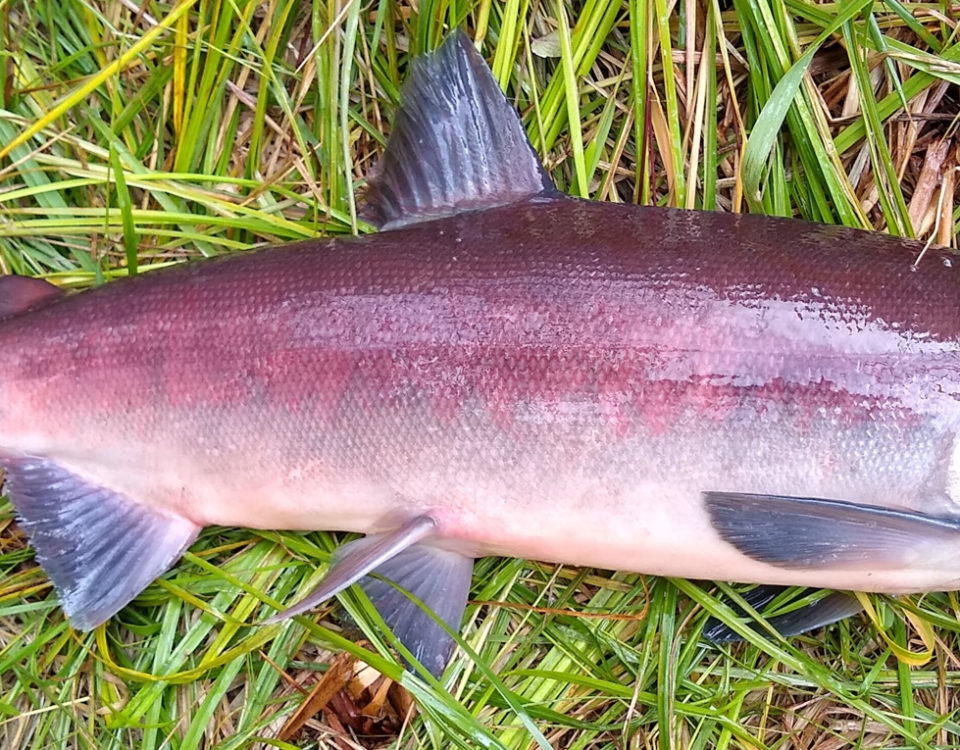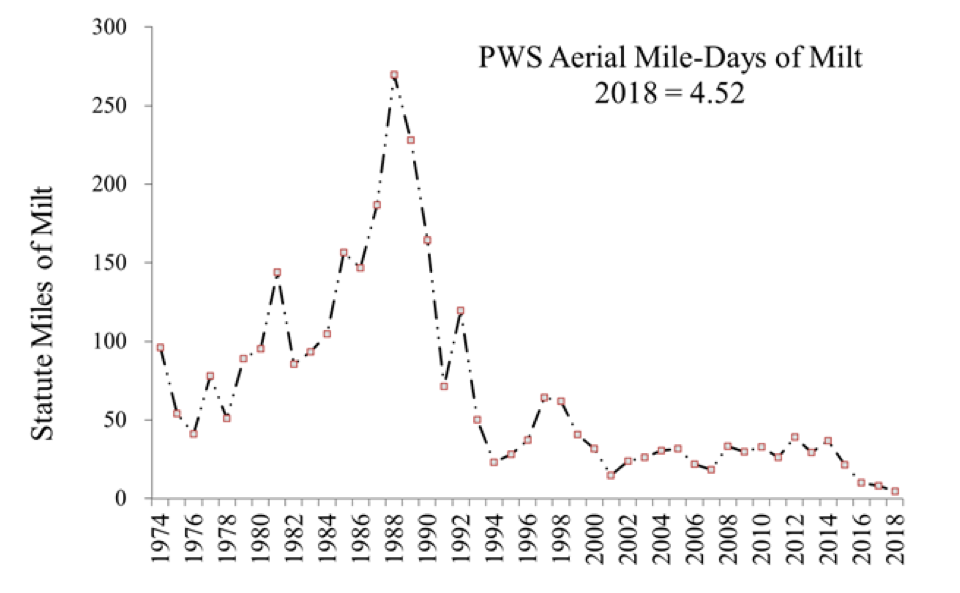Marine Heat Wave
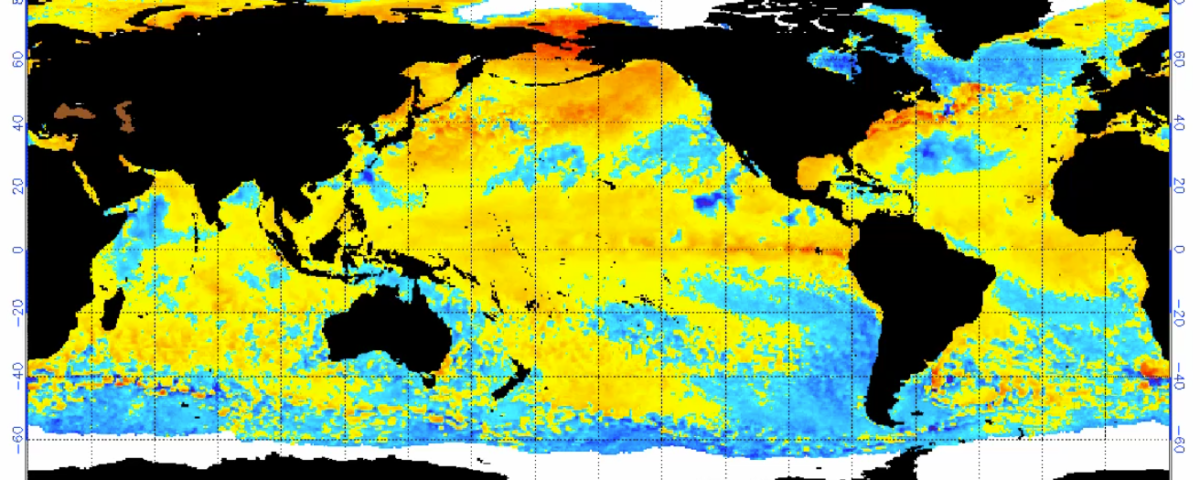
High-Pressure Systems Lead to Warm Water in the North Pacific
By Teal Barmore, March 27, 2019
Abnormally warm sea surface temperatures across the North Pacific have researchers worried that we may be facing another marine heat wave like the 2013-16 Blob. Prince William Sound Science Center Oceanographer Dr. Rob Campbell first started noticing the sea surface temperature anomalies late last summer on NOAA’s sea surface anomaly map. The Bering Sea was extremely warm going into winter and both the Gulf of Alaska and Prince William Sound had switched over to warm anomalies.
Much like The Blob years, this winter’s warm water anomalies have been caused by warm weather from an atmospheric ridge of high pressure over the Gulf of Alaska. This year it is further west than the 2013 Blob. Northern and Western Alaska are seeing the most dramatic effects, but even in Prince William Sound waters were 1-2°C above average going into this winter. Rob worries that the long stretches of good weather that we had between December and March haven’t helped matters.
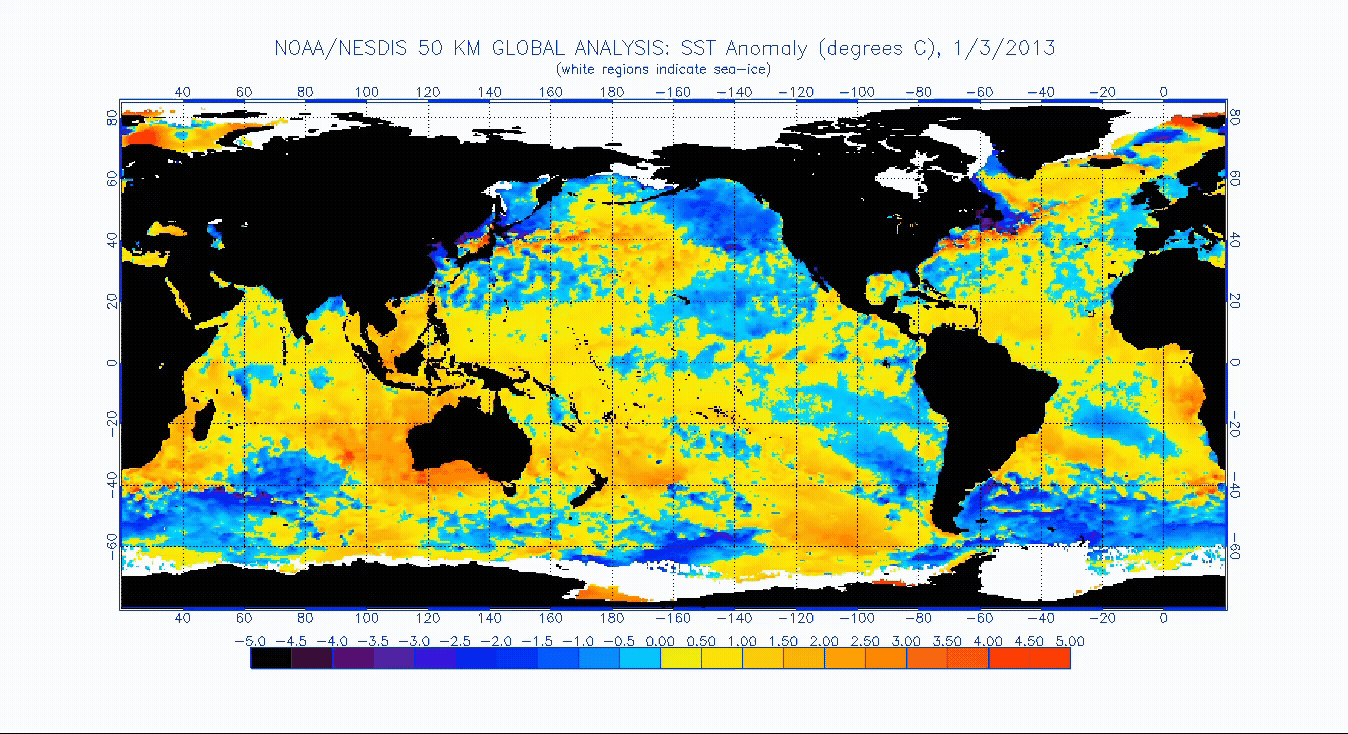
Warm water anomalies in mid-October of 2018. Anomalies are the departure from the long-term average temperature. This animation depicts anomalies from 2013-2014. Photo: NOAA/NESDIS Animation: Dr. Rob Campbell
In winter, consistent stormy weather in the North Pacific usually works to mix and break up surface layers of warm water that develop in the summer sun. Wind and wave action slosh the less dense warm surface layer, mixing it with the denser nutrient rich cold-water underneath. With enough stormy weather over the winter, the top layer will be mostly mixed by spring. The cycle begins again with the summer sun heating the top layer of water. When high pressure builds in the Gulf of Alaska in winter, storm activity is moved to the south and the heat tends to stay in the ocean. That excess heat can strengthen the surface layer and make it more difficult for the heat to be dissipated by mixing.
Rob has been watching this cycle in Prince William Sound for 10 years with the Gulf Watch Alaska supported plankton monitoring program. He points out that this ocean mixing is very important for the organisms at the bottom of the marine food chain. The single celled phytoplankton of the North Pacific are perfectly adapted to take up the large amount of nitrate (the limiting nutrient around here) that is mixed in with the cold water from the depths. Combined with the spring sun for photosynthesis, late April is a time of immense productivity. The phytoplankton take up nutrients and grow at tremendous rates, making them a nutritious meal for zooplankton, which are in turn food for fish, birds, and everything else in the food web.
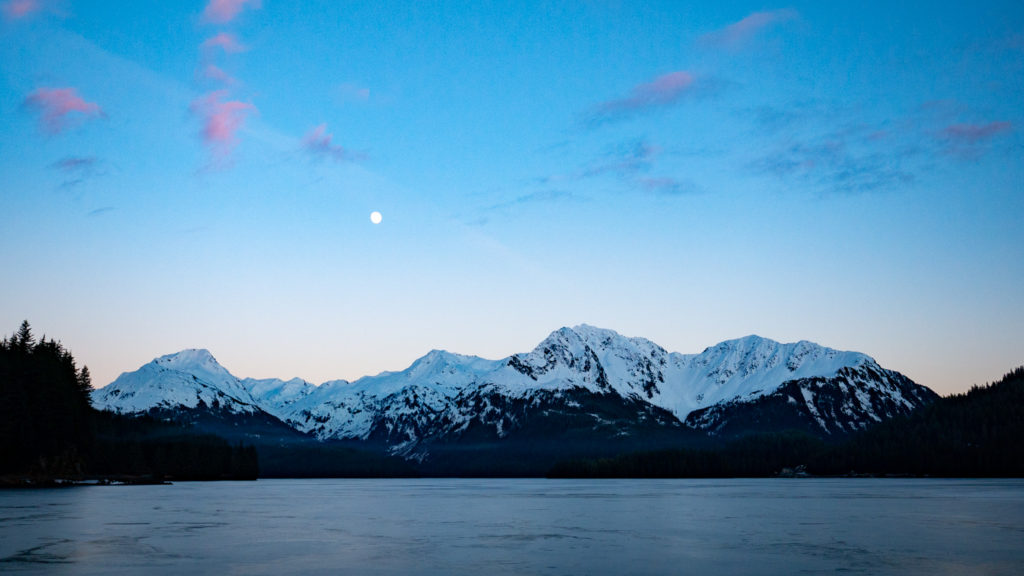
Be careful what you wish for! Winter high-pressure systems that result in clear skies and calm waters don’t accomplish the oceanic mixing that winter storms do.
In the warm water years, Rob saw less productivity in the Prince William Sound plankton populations. There was not a huge difference in the number of plankton that there were, but the size and species were different. The typical lipid-rich North Pacific plankton numbers were less abundant than average, and the plankton that were there were smaller. He also started seeing warm water species that are normally found in the California current off the coast of Oregon and California. These species tend the be smaller and less lipid dense, making them less nutritious for the things that eat them. As this worked its way into the food web, North Pacific species like cod and murres have declined.
What this next wave of warm anomalies will bring, Rob says, is hard to say. “We are in a place we haven’t seen before in our data record. Probably continued shifts in species composition.” Rob is especially curious to see what happens with salmon. “They disappear into the ocean for two to six years, so you have to wait until they come back.” We know very little about what they do in the ocean because it’s so hard to study. Last year’s Copper River sockeye were the leading edge of The Blob affected fish, but we will have to wait and see if this spring brings more of the same. For now, Rob says, “we are watching with great interest.”


